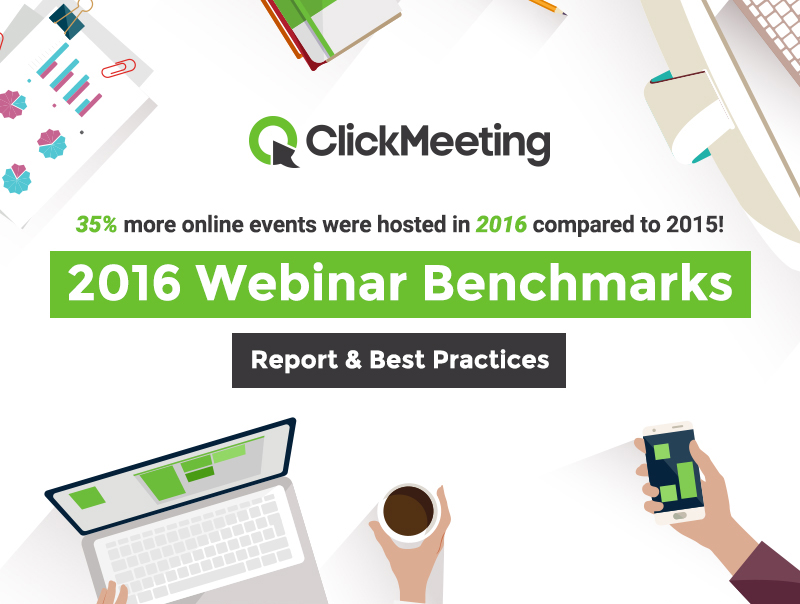Over the last year, we’ve collected robust information about webinar trends and best practices. What did we find out? First and foremost, the webinars are on the rise – 35% more online events were hosted in 2016 compared to 2015!
But we’ve also found out:
- What is the best day and time to present your webinar?
- What is the average webinar length?
- What is the average attendance via mobile app?
All these valuable insights – and many more – have been collected in our 2016 Webinar Benchmarks Report & Best Practices. Grab a coffee and click play below!









